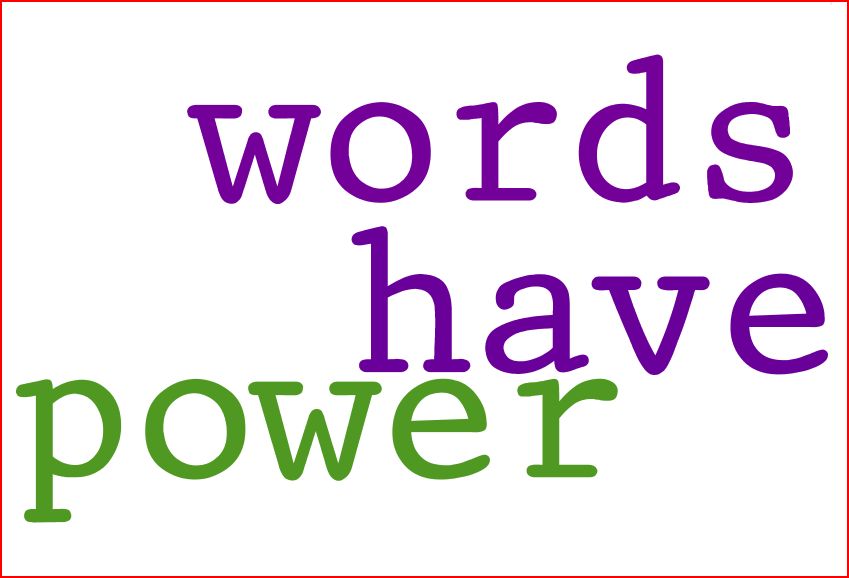
A phenomenon called contagion occurs when the media doesn’t report responsibly on suicide. This also holds true for how we talk about suicide and how we spread the news. The following are a few simple tips that can really have an impact on society. Please utilize these 9 recommendations so we can help avoid putting vulnerable LGBT people at risk. Thank you.
- Don’t describe a person’s method of suicide. Research shows that detailed descriptions of a person’s suicide death can be a factor in leading others to imitate the act.
- Don’t include details about a suicide on Facebook. People have the option to “Like” your post; consider what “like” means before you post something, especially how the headline reads.
- Don’t use Twitter to announce a suicide death. Users only see 140 characters. This is too limited to report justly and may sensationalize the tragedy.
- Don’t focus on the personal details of those who have died by suicide. Avoid using images or detailed descriptions (e.g., specifics about age, physical characteristics, personal interests, etc.) of those who have died by suicide. Avoid telling vivid, detailed stories about victims’ lives. At risk LGBT people might see themselves the same or relate too closely and can put them more at risk.
- Don’t idealize suicide victims or create an aura of celebrity around them. Research shows that by doing so, others may try to emulate them. It also may suggest to people contemplating suicide that they will be memorialized or immortalized by news stations covering their death.
- Don’t normalize suicide by presenting it as a logical consequence of bullying or discrimination. Presenting suicide as an act of an otherwise healthy person or drawing a link between suicide and bullying and discrimination can mislead people into believing that suicide is a normal response to difficult events.
- Don’t confuse a precipitating event with the “cause” of a suicide. It’s important to remember that the underlying cause of a suicide death may not be known for quite some time. Attributing that death prematurely to a factor like bullying may not only be inaccurate but could have a snowball effect and increase risk.
- Don’t talk about suicide “epidemics”. This kind of messaging can encourage at-risk individuals to envision themselves as part of a larger story and elevate suicide risk.
- Don’t make hasty assumptions about the sexual orientation or gender identity of a suicide victim. Until an individual’s orientation or gender identity has been credibly and factually established, it is safer to say that the person was “believed to be gay” or “may have been gay”.
By adhering to these guidelines in how we talk to others about completed suicides, we can help lower the vulnerability of other at-risk individuals. Knowledge is power and we should all be superheroes on this subject.
Always remember if you find yourself needing someone to talk to, help is ALWAYS just a phone call away. Lifelines are available 24/7 and it DOES get better!
The Trevor Project: 1-866-4U-Trevor (1-866-488-7386)
National Suicide Prevention: 1-800-273-Talk (1-800-273-8255)